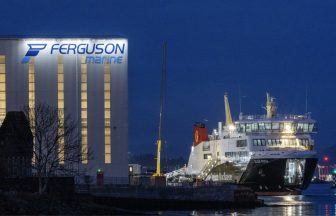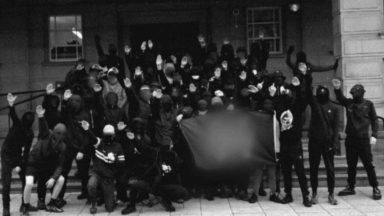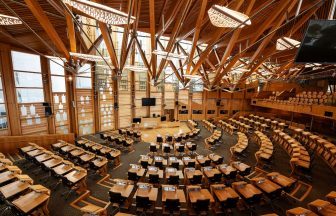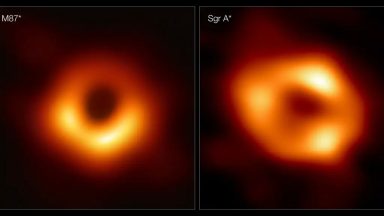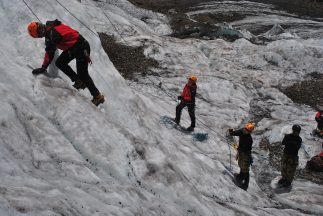People across Scotland were lucky enough to spot the Northern Lights in the night sky.
The Met Office revealed there was a good chance for stargazers to see the Aurora Borealis on Thursday night into Friday morning.
Further residual viewings may also be seen over the weekend. The phenomena were also seen in parts of Northern Ireland and England.
The Aurora, which is most commonly seen over high polar latitudes but can often spread south to be visible over parts of the UK, is chiefly influenced by geomagnetic storms originating from sun activity.
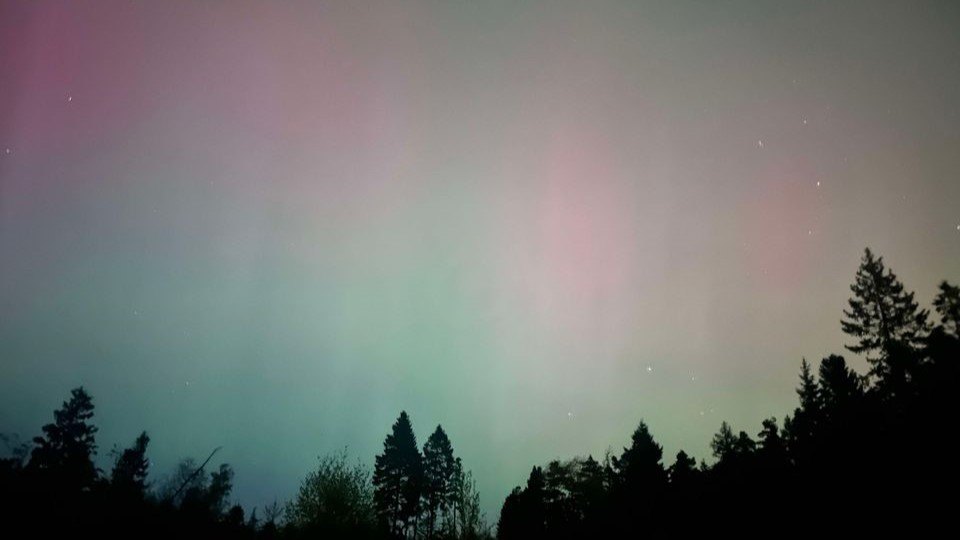 Mike Begg
Mike BeggThe sun works on a cycle of around 11 years called the solar cycle – with peak sunspot activity on the sun’s surface referred to as solar maximum.
Sunspots give the potential for Earth-directed releases of large bursts of energy, called coronal mass ejections, which can lead to aurora visibility.
Aurora displays occur when charged particles collide with gases in the Earth’s atmosphere around the magnetic poles.
As they collide, light is emitted at various wavelengths, creating colourful displays in the sky.
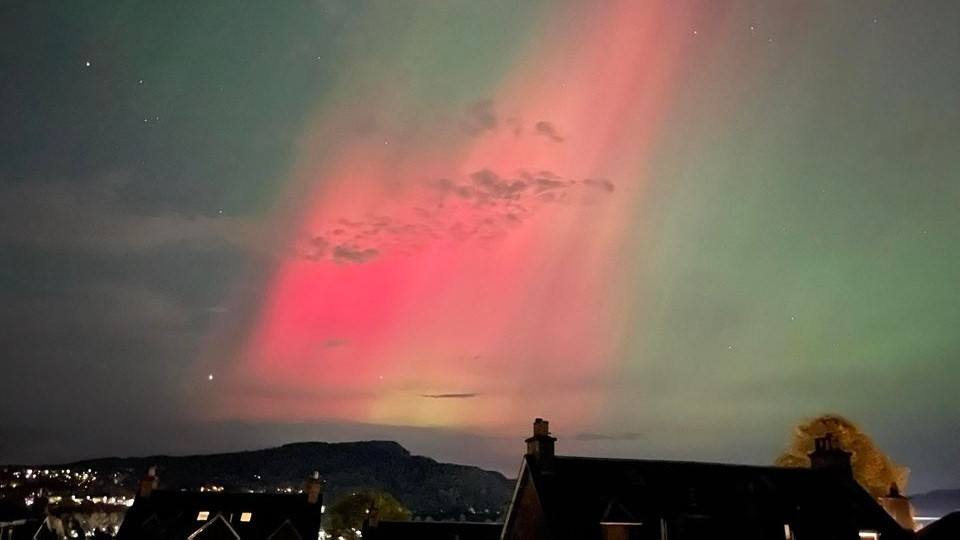 Donna Mackie
Donna Mackie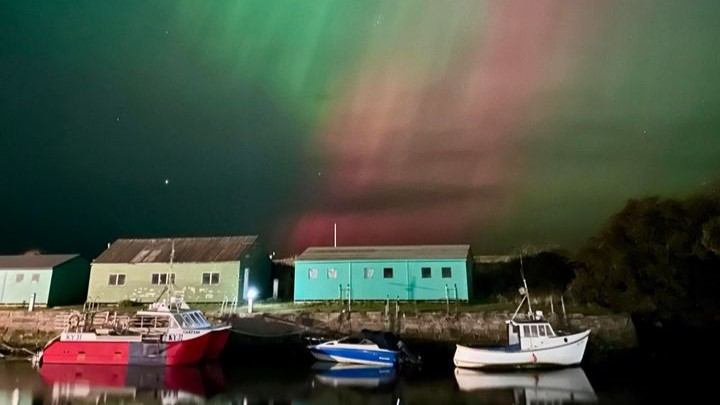 Marta Raynor
Marta Raynor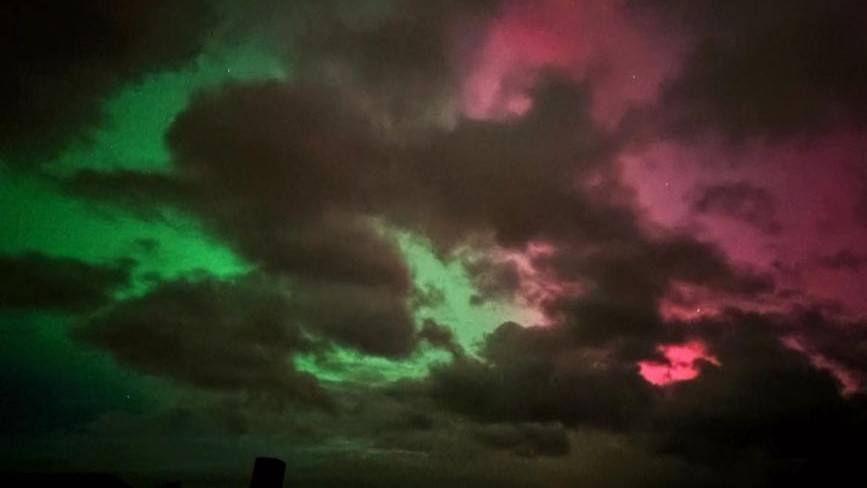 Marj Wiseman
Marj Wiseman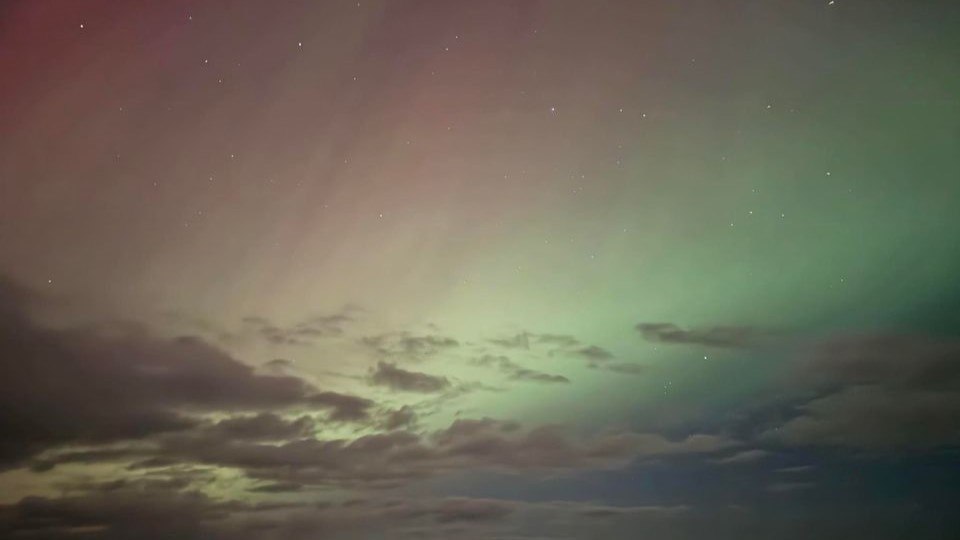 Jeanette Baxendale
Jeanette BaxendaleFollow STV News on WhatsApp
Scan the QR code on your mobile device for all the latest news from around the country


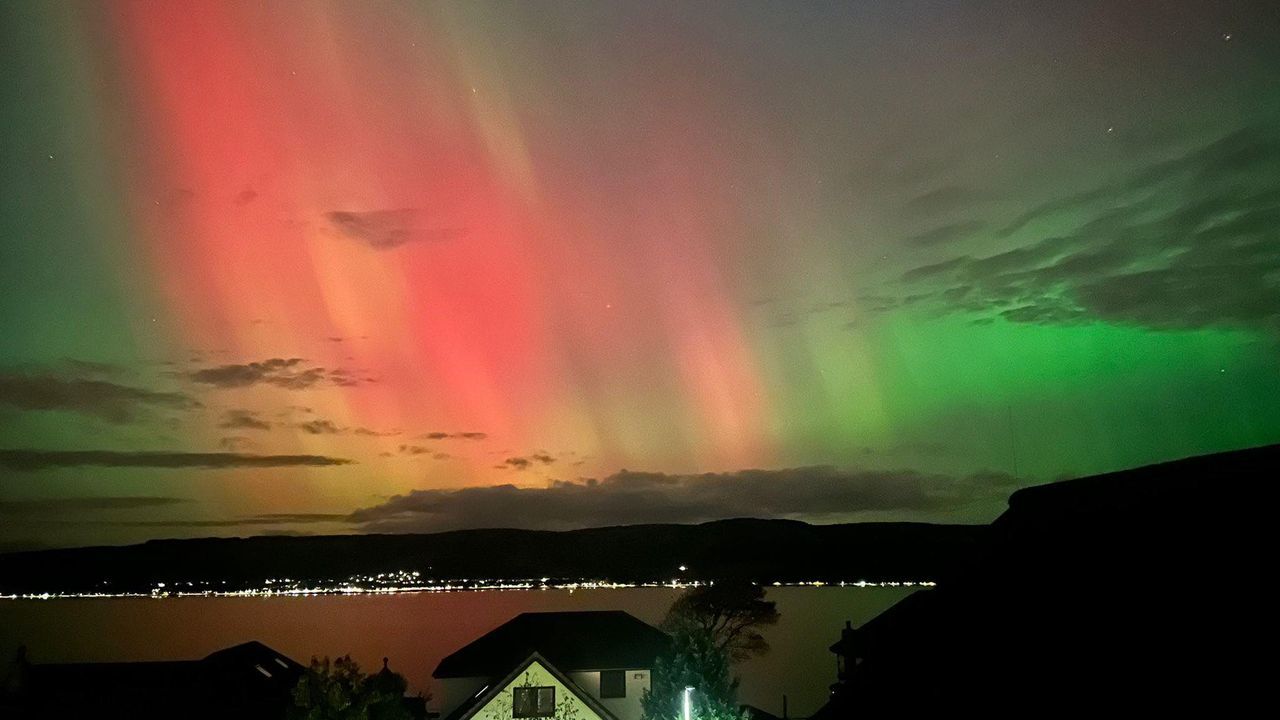 Ian Rodger
Ian Rodger




